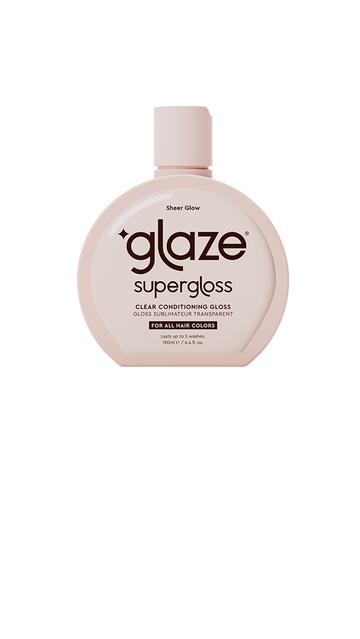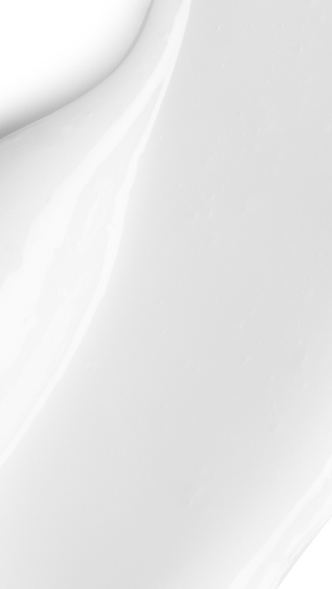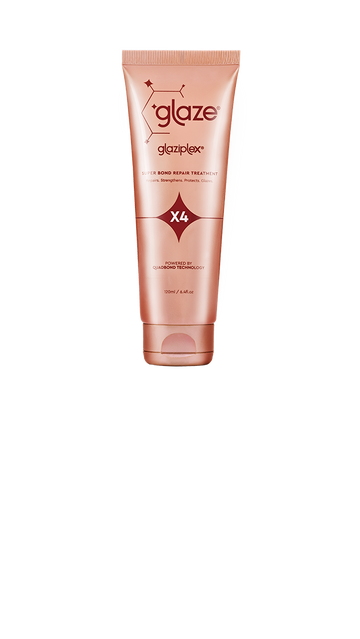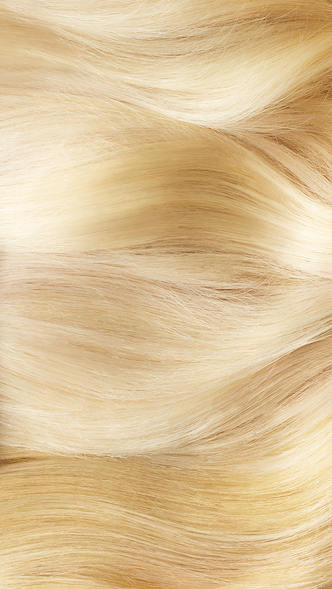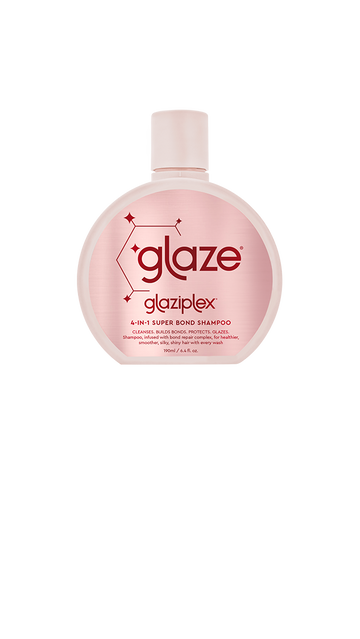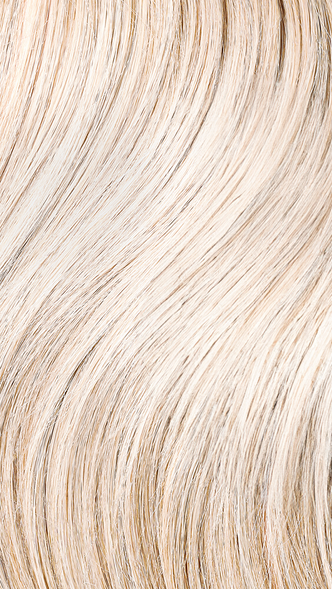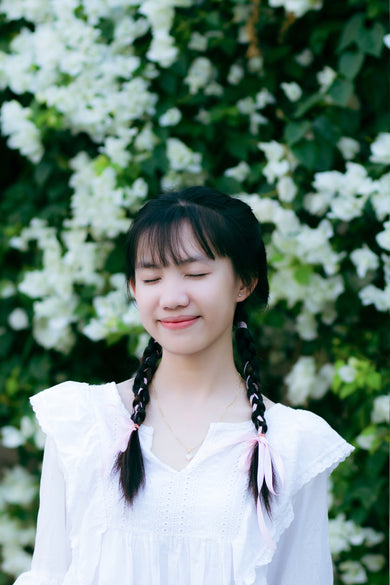
10 Top Tips to Dutch Braid Your Own Hair
Unless you are dexterously gifted, the Dutch braid is a tricky skill to master. It’s perfect for in between washes when you can’t hide under a hat and has been worn by celebs such as Margot Robbie, Rihanna, and Dakota Fanning. We are sure you’ve sat in front of the mirror, arms aching, trying to finesse the intricate style. Only to give up, perhaps throw your hairbrush, and rush off to the shower to condition the tangles away.
Let Glaze take you back to basics so you can achieve those Dutch braid styles you have seen all over Instagram and Pinterest.
Is a Dutch braid different to a French plait?
Before we deliver our top tips, let’s distinguish the difference between two of the most popular braiding styles. Both French and Dutch braids start with the same three strands and the technique is the same for gathering in sections of hair. However, with the French braid the hair is added from above, giving a smooth finish. For a Dutch braid the hair is added from below, giving an amazing 3D look.
1) Preparing your hair
Trying to Dutch braid freshly washed hair can be a nightmare. The natural oils that occur between washes help with grip whilst you get to work. This is why braids are a popular choice when your hair is dirty, but you cannot commit to washing it. However, you can mimic this lived in vibe with different hair products depending on the look you want to achieve with your Dutch braid. Gels and mousses are fantastic for a sleeker braid, whereas salt sprays, matt pomades, and volumizing powders are fantastic for a texturized braid.
2) Your Dutch braid toolkit
If you’re a novice to braiding, it’s better to plan ahead. A comb, paddle brush, clear elastics and a finishing hair bobble are the basics you will need to help create your braid. If you have shorter hair, the clear elastics can be used to secure smaller braided sections as these can be worked into the final braid. Furthermore, if you get stuck with your braid when passing your crown or nape of your neck, you can secure your braid with a clear elastic to maintain tension if you want to achieve a sleek style.
3) Starting your braid
To start your Dutch braid you will need a small section of hair, split into three even sections. Do one full stitch, moving one section under the middle, followed by the other side under the middle. Add a small amount of hair to the outer strands and then cross these in the same way, always remember to go under so that the braid forms on top.
4) Your Dutch braiding principles
You will want to repeat this process over and over; adding small sections of hair to whichever strands are not in the center. You will notice the braid getting thicker as you make your way from your hairline to the crown of your head, and down to your nape.
5) Beyond the nape
You’ve got to the nape and there’s no hair left to add, what happens now? From here on out you can continue doing a regular three strand braid until you reach the end of your hair. Secure with a bobble and elastic and take a well-earned break! If you’ve gone for a style that requires more than one Dutch braid, simply repeat steps 3 to 5 as many times as required.
6) Dutch braid essential
For a Dutch braid that will stay in place all day it is vital that you keep your hands as close to your scalp as possible whilst working. This will help create tension which will keep your braids in place.
7) Securing your sleek braid
So you’ve finished your Dutch braid and secured with a bobble. However, the look isn’t as neat as you desired. For an uber polished look grab a smoothing brush and a product of your choice and get to work pulling in any rogue strands – these can be neatly tucked out of site under your braid if needed. You can slick down any baby hairs using gel and a toothbrush and, voila, you’re rocking your snatched Dutch braids!
8) Finishing your boho babe Dutch braid
If you’ve achieved the beachy tousled braid you’ve always dreamt of you may still want to polish your look. Want extra volume? Gently tease your Dutch braids with your fingers, perhaps pulling out some strands to frame your face. Braid looking a little too disheveled? Grab some bobby pins and secure sections of hair discreetly. A quick spritz of hairspray to keep your braided style in place and you’re ready to go.
9) Elevate your braid
Even after you’ve nailed your braid and are ready to show off your new look you could add some extra pizzazz. Embellished hair pins and spinners can be slotted into your braid, these can look particularly striking if you’re attending a wedding or an event. Go crazy with hair glitter for parties and festivals or add shells or adjustable metal cuffs to really add another beach babe dimension to your braid.
10) Making the most of your post-braid hair
Dutch braids are a great protective style and can also be used to create heatless waves. Once you’re done with your braided style, carefully unbraid your hair. If you’re happy with the look and you don’t want to wash your hair, grab a wide tooth comb and loosen the waves as much as you wish. Apply some dry shampoo at the root if needed (this will also give you a volume boost) and add any styling products you need. Perfect, two looks for the price of one!
Need more help?
Still have a question? We’re here to help you. If you have any concerns you’d like to discuss, please get in touch…
Contact Us